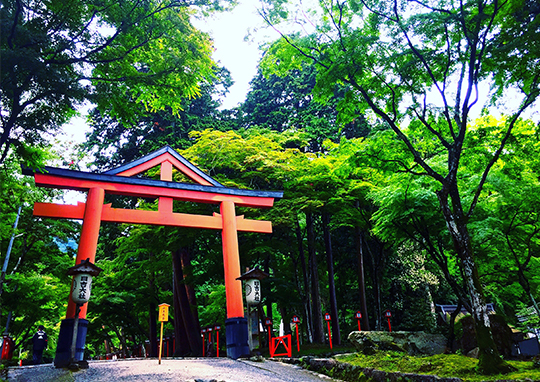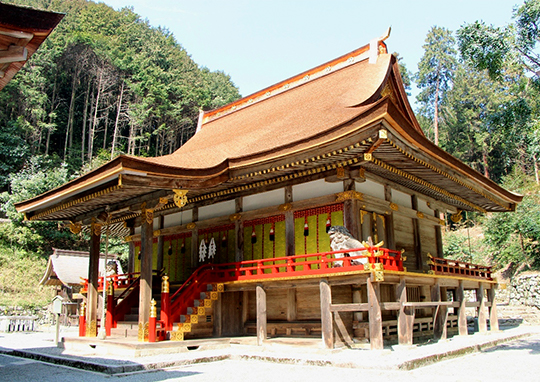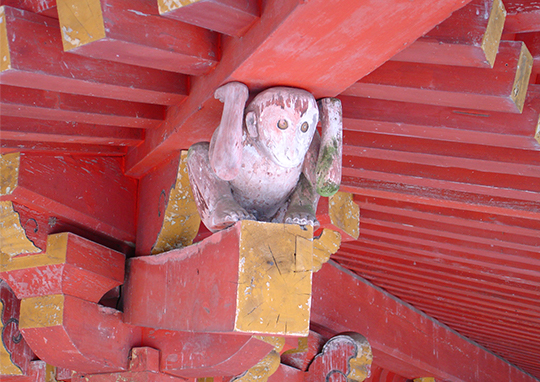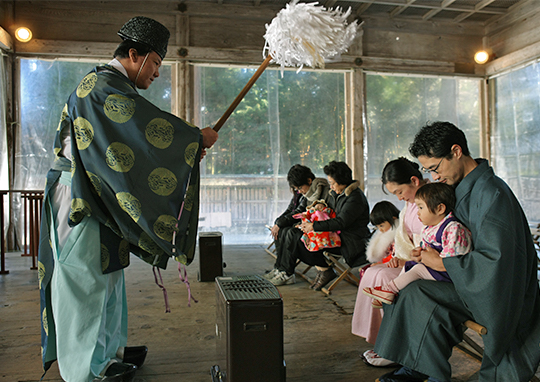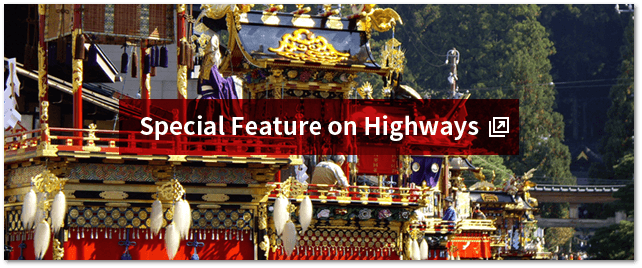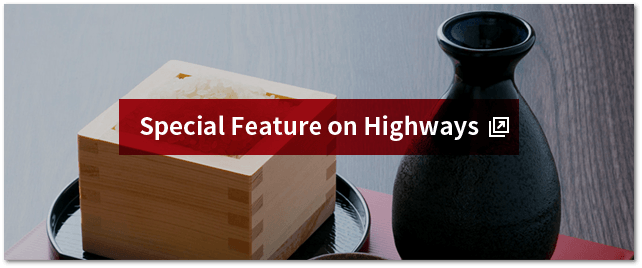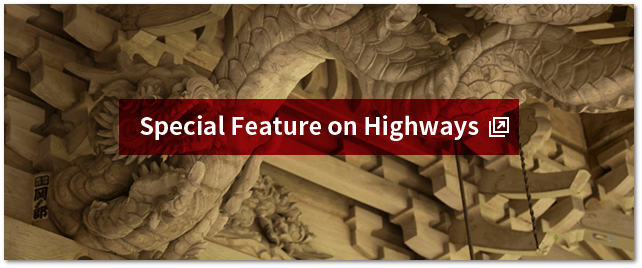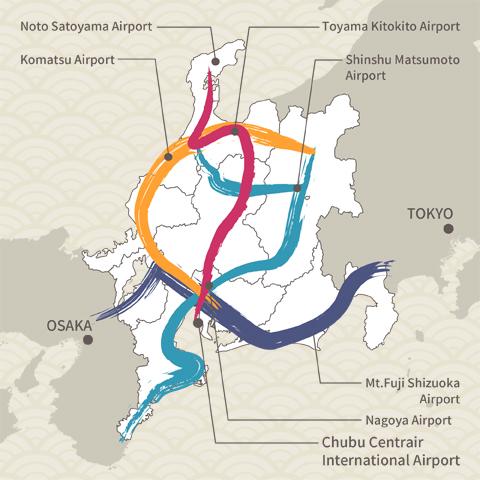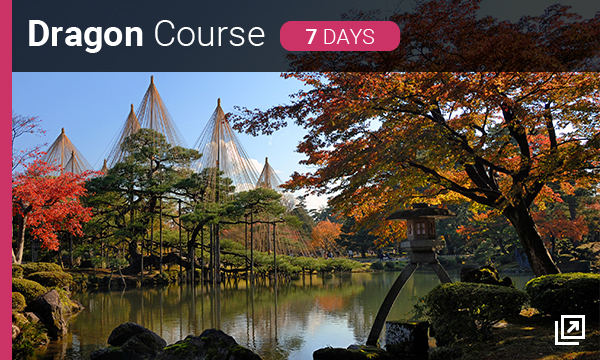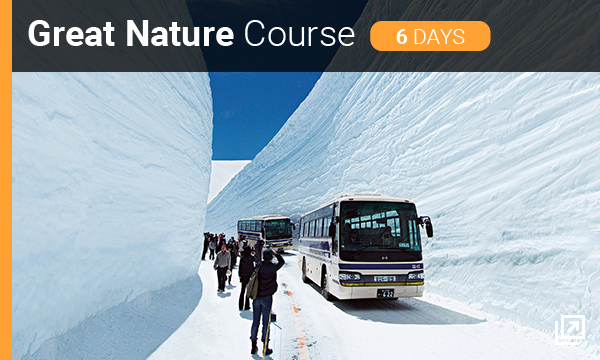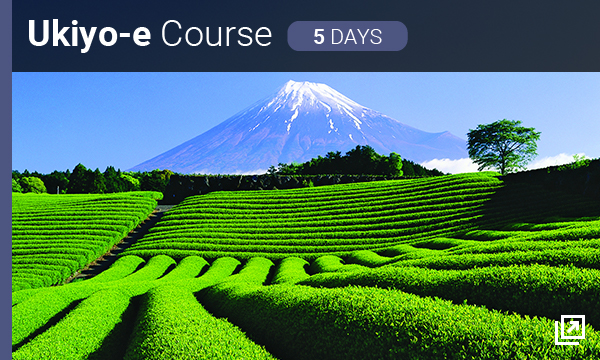Hiyoshi Taisha Shrine


Recommended activities and seasons


Encounter History and Tradition:Historic building

Spring / Summer / Autumn / Winter
Head shrine of all Sanno Shinto shrines in Japan.
Hiyoshi Shrine is located in Otsu, Shiga, and is well known as the head shrine of the roughly 3,800 Hiyoshi, Hie, and Sanno shrines throughout Japan built for worship of the so-called “Sanno-san (Mountain King) ” deities of Sannogongen. Situated at the foot of the 381-meter-high Mount Hachioji of the Hiei mountains, where at the time of the construction of the Heian-kyo (modern day Kyoto) it was considered guardian of the northeastern entry to city and prospered as protector of the capital against magic and natural disasters.
Worship of the Sanno deities spread from Hiyoshi Shrine across Japan. A fusion of Shinto and the Tendai school of Buddhism, its tenets call for the worship of the Sanno Sansei (Three Sacred Mountain Kings,) namely, Shakanyorai (Gautama Buddha), Yakushinyorai (the Medicine Buddha), and Amidanyorai (the Buddha of Immeasurable Life and Light). Also known as the Sanno shichisha (Seven Sanno Shrines) or the Sanno nijuichisha (21 Sanno Shrines), it is practiced at any number of auxiliary and subordinate shrines.
The present-day Hiyoshi Shrine comprises two main facilities and five subordinate ones, know collectively as the Seven Hiyoshi Shrines or the Seven Sanno Shrines, and is visited by many who pray for protection against misfortune due to being a particular age or coming from a particular direction.
Masaru the monkey will help protect you against misfortune!
Masaru the monkey is the messenger for Hiyoshi Shrine, who will deliver your hopes for protection against misfortune to the deities. The Hiei mountains have always been a habitat for monkeys, so naturally monkeys have served as Hiyoshi Shrine messengers for as long as anyone can remember. The Japanese word masaru has a number of meanings, including “to remove a curse,” “to be superior,” and “to triumph,” and many Japanese people associate this word with good luck. Look up at the ceiling of the West Hall and you will see a figure of a monkey in each of the four corners, each in a different pose.
Hiyoshi Shrine also performs supplications for protection from misfortune throughout the year. Visitors come to ask for protection against misfortune due to age, for a happy home life in their new residence, for a safety journey to a faraway place, or for all kinds of things.
Ensconced in the forests that line the Omiya River, Hiyoshi Shrine is also a favorite spot for tourists who come the enjoy the sanguine hues of the autumn foliage.
Hiyoshi Taisha Shrine
Address |
5-1-1 Sakamoto, Otsu, Shiga Prefecture |
Hours |
9:00 am to 4:30 pm |
Closed |
Open daily |
Cost |
Adult, 300 yen ; Child, 150 yen |
Phone |
077-578-0009 |
Access |
On foot from JR Hieizan Sakamoto Sta., about 20 min |
Web site |
http://hiyoshitaisha.jp/ |


Other Spots

-

Kurobe Gorge

Toyama

Natural Scenery
Onsen
Exercise
Spring
Summer
Autumn
-
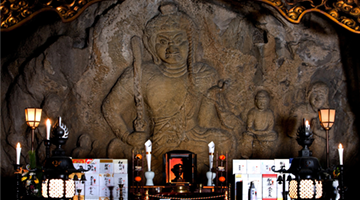
Oiwasan Nissekiji Temple

Toyama

Natural Scenery
History and Traditions
Onsen
Spring
Summer
Autumn
-
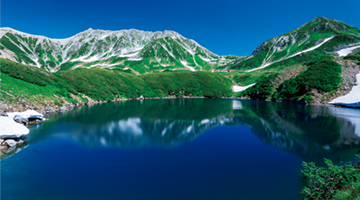
Tateyama Kurobe Alpine Route

Toyama

Natural Scenery
History and Traditions
Onsen
Exercise
Spring
Summer
Autumn
-
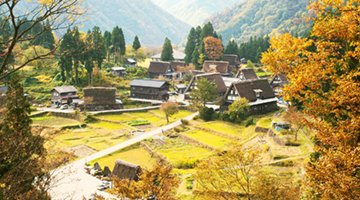
Gokayama

Toyama

History and Traditions
Spring
Summer
Autumn
Winter
-

Shirayama Hime Shrine

Ishikawa

Natural Scenery
History and Traditions
Exercise
Spring
Summer
Autumn
Winter
-
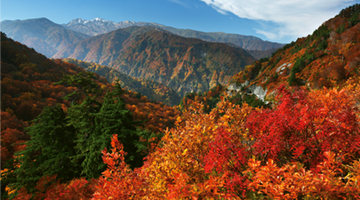
Hakusan Shirakawa-go White Road

Ishikawa

Natural Scenery
Exercise
Spring
Summer
Autumn
-
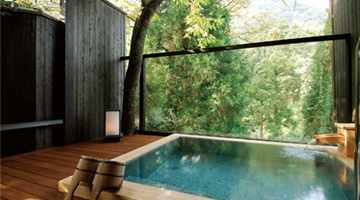
Kaga Hot Spring Village

Ishikawa

Onsen
Spring
Summer
Autumn
Winter
-

Eiheiji Temple

Fukui

History and Traditions
Spring
Summer
Autumn
Winter
-
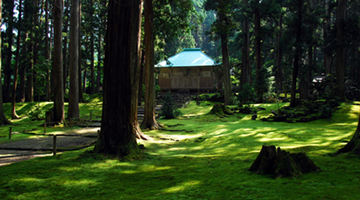
Hakusan Heisenji Shrine

Fukui

History and Traditions
Exercise
Spring
Summer
Autumn
-
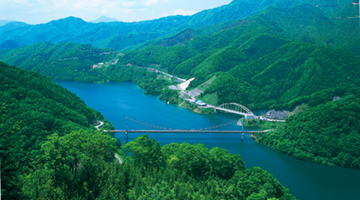
Lake Kuzuryu

Fukui

Natural Scenery
Spring
Summer
Autumn
-
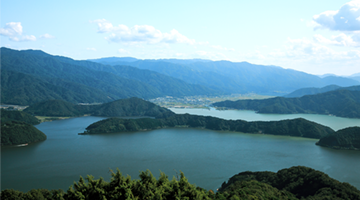
Rainbow Line Summit Park

Fukui

Natural Scenery
Exercise
Spring
Summer
Autumn
Winter
-
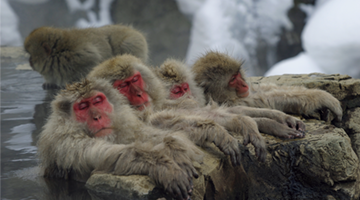
Jigokudani Yaen-Koen

Nagano

Natural Scenery
Spring
Summer
Autumn
Winter
-
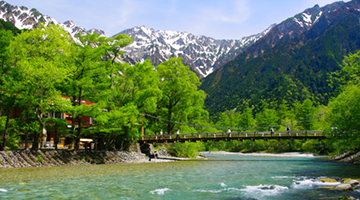
Kamikochi

Nagano

Natural Scenery
Exercise
Spring
Summer
Autumn
-

Togakushi Kodo

Nagano

Natural Scenery
History and Traditions
Exercise
Spring
Summer
Autumn
Winter
-
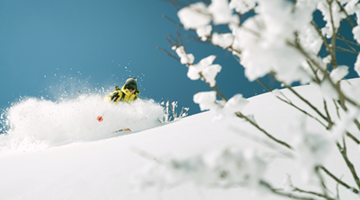
HAKUBA VALLEY

Nagano
-

Heavens Sonohara

Nagano

Natural Scenery
Exercise
Spring
Summer
Autumn
Winter
-

Akasawa Natural Recreational Forest

Nagano

Natural Scenery
Exercise
Spring
Summer
Autumn
-
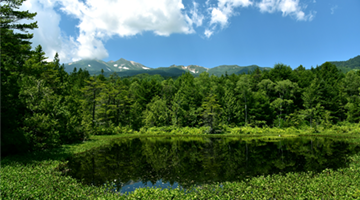
Norikura Highlands

Nagano

Natural Scenery
Onsen
Exercise
Spring
Summer
Autumn
Winter
-
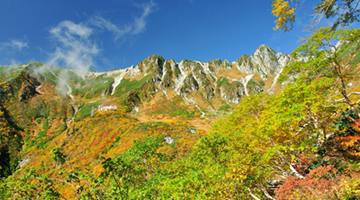
Senjojiki Cirque

Nagano

Natural Scenery
Exercise
Spring
Summer
Autumn
Winter
-
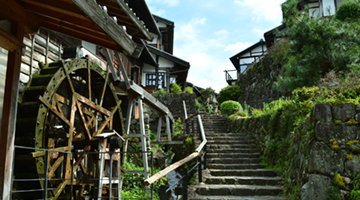
Magome-juku

Gifu

Natural Scenery
History and Traditions
Exercise
Spring
Summer
Autumn
Winter
-

The Waterfalls of Osaka

Gifu

Natural Scenery
Exercise
Spring
Summer
Autumn
Winter
-
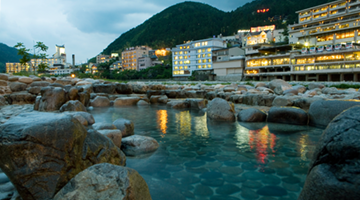
Gero Onsen

Gifu

Onsen
Spring
Summer
Autumn
Winter
-
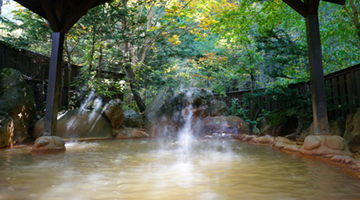
Okuhida Hot Spring Village

Gifu

Onsen
Spring
Summer
Autumn
Winter
-

Shinhotaka Ropeway

Gifu

Natural Scenery
Onsen
Exercise
Spring
Summer
Autumn
Winter
-
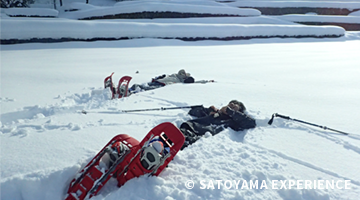
SATOYAMA EXPERIENCE

Gifu

Natural Scenery
Exercise
Spring
Summer
Autumn
Winter
-

Yoro Park

Gifu

Natural Scenery
Exercise
Spring
Summer
Autumn
Winter
-
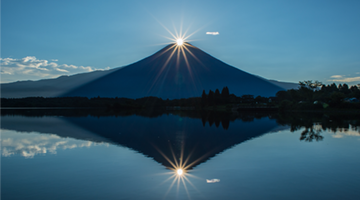
Mount Fuji

Shizuoka

Natural Scenery
History and Traditions
Exercise
Spring
Summer
Autumn
Winter
-
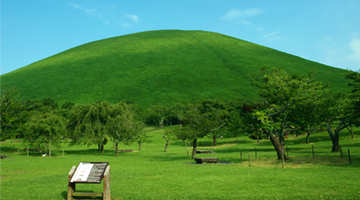
Izu Peninsula Geopark

Shizuoka

Natural Scenery
Exercise
Spring
Summer
Autumn
Winter
-
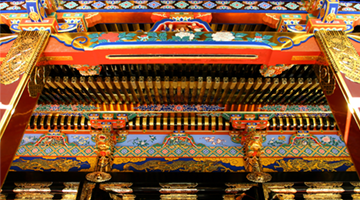
Kunozan Toshogu Shrine

Shizuoka

History and Traditions
Spring
Summer
Autumn
Winter
-
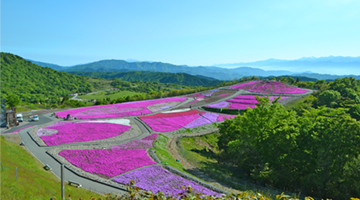
Chausuyama Highlands

Aichi

Natural Scenery
Exercise
Spring
Summer
Autumn
Winter
-
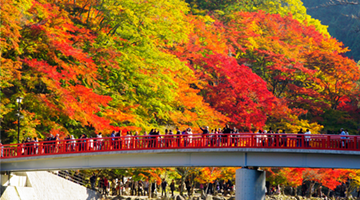
Korankei Gorge

Aichi

Natural Scenery
Exercise
Spring
Summer
Autumn
-
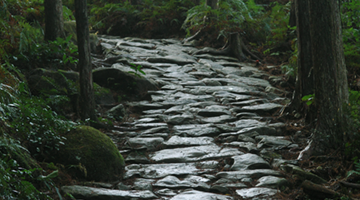
Kumano Kodo Pilgrimage Routes

Mie

Natural Scenery
History and Traditions
Exercise
Spring
Summer
Autumn
Winter
-

Mount Asama

Mie

Natural Scenery
History and Traditions
Exercise
Spring
Summer
Autumn
-
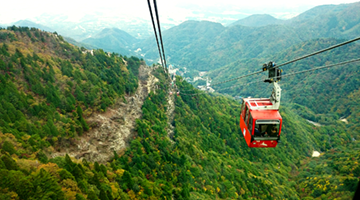
Mount Gozaisho

Mie

Natural Scenery
Exercise
Spring
Summer
Autumn
Winter
-
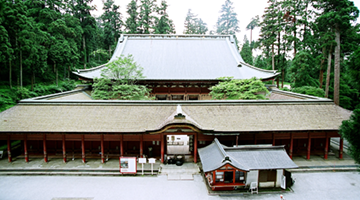
Enryakuji Temple on Mount Hiei

Shiga

History and Traditions
Spring
Summer
Autumn
Winter
-
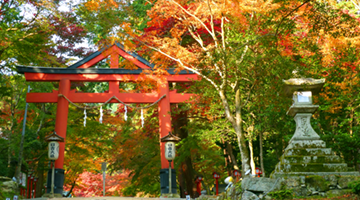
Hiyoshi Taisha Shrine

Shiga

History and Traditions
Spring
Summer
Autumn
Winter
-
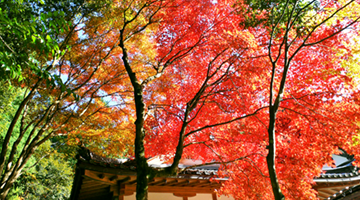
Kotosanzan

Shiga

History and Traditions
Spring
Summer
Autumn
Winter

See Other Routes

The Four Shoryudo Routes
















